17 Ways to Get More Traffic to Your Blog
Written by Brian Dean
In this post, I’m going to show you how to get more traffic to your blog in 2024.
I used the strategies I’m about to share with you to get 664,814 visits from my blog each month.

So if you’re looking for proven strategies you can use to drive traffic to your site, you’ve come to the right place.
1. Publish Long-Form Blog Posts
I partnered up with BuzzSumo for a giant content study.

And we found that long blog posts got 56% more social media shares compared to content that was less than 1,000 words.

Focusing on long-form content is one of the main reasons that my blog’s traffic grew so quickly in the early days.

Most of my competitors were putting out thin posts like: “5 Ways to Get More X (Twitter) Followers”.
Instead, I focused on SUPER in-depth list posts and ultimate guides.
For example, this post on my blog is over 3,000 words in length.

But it’s not 3k words of fluff. Or filler.
It’s packed with actionable techniques that people can use to get higher rankings on YouTube. Really evergreen content.

Which is why that single post brings in 25,966 visitors every single month.
Start your keyword research
Explore the largest keyword database.
2. Write About Trending Topics
Topics that are just starting to blow up aren’t competitive.
Yet.
That means you can be one of the first to cover that topic. And your content will instantly stand out.
For example, some time ago, I published a post about a fairly new SEO tool.

That tool came out a few months before. So my guide was the first in-depth guide on how to get the most out of the tool.
My target keyword also wasn’t super competitive. Which helped my post rank on the first page of Google within a few weeks.
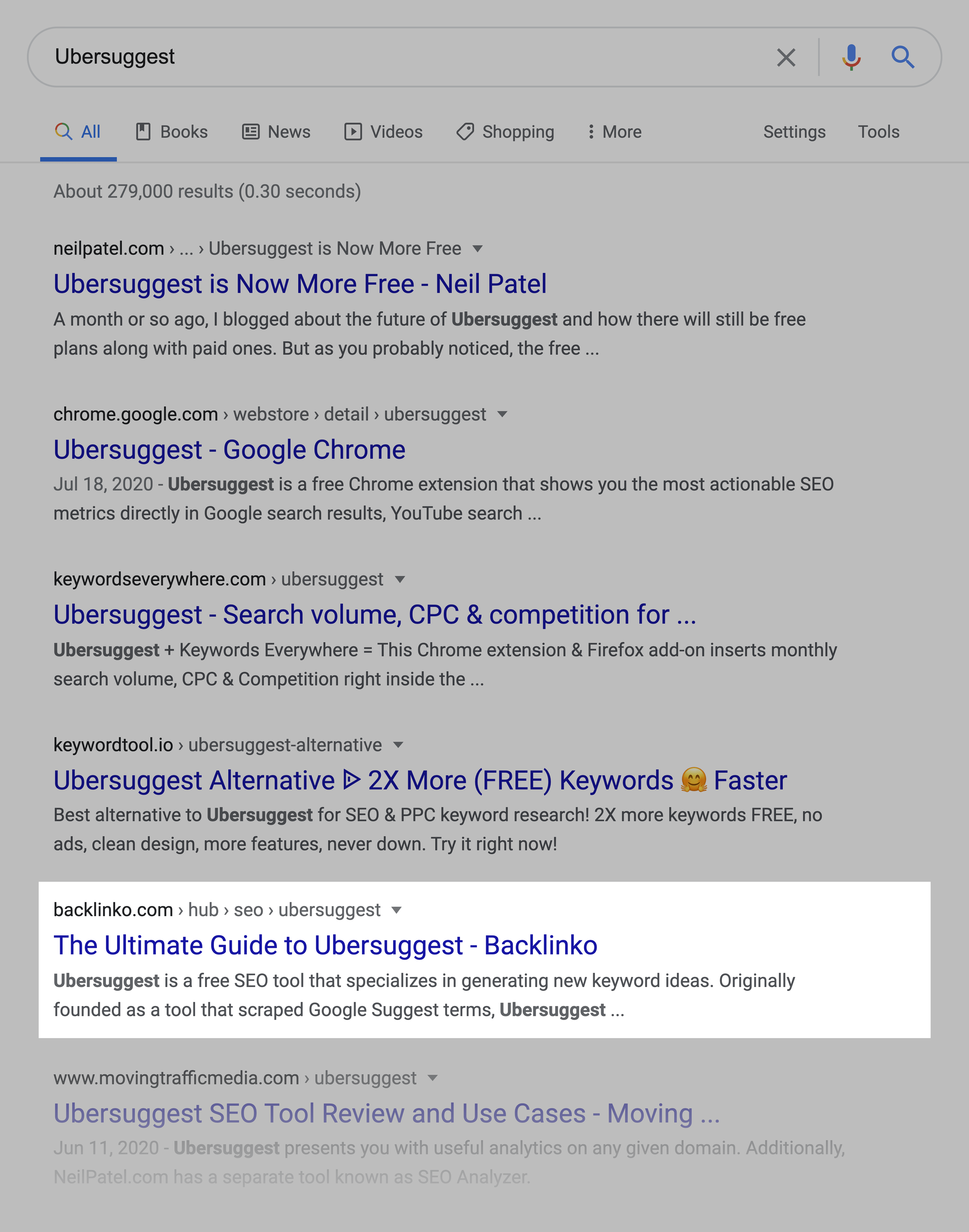
You can find trending topics using Google Trends.
Or a content marketing tool called Exploding Topics.

Either way works.
Another tool that you can use to discover emerging trends in your industry is Semrush .Trends.
It is designed to help you stay ahead of your competitors by tracking industry trends and analyzing other companies’ strategies and audience insights.
3. Use Long Blog Post Headlines
Remember that big content study that I mentioned earlier?
Well, in that same study we discovered that headlines that were between 14 and 17 words got the highest number of social shares.

There’s no need to artificially inflate your headline with unnecessary words.
Instead, you want to look at this finding as permission to write longer headlines if it makes sense for your content.
4. Comment on Related Blogs
When I first started my site, I had:
- Zero followers
- Zero traffic
- Zero email list
And one of my first early wins was to comment on other blogs in my space.
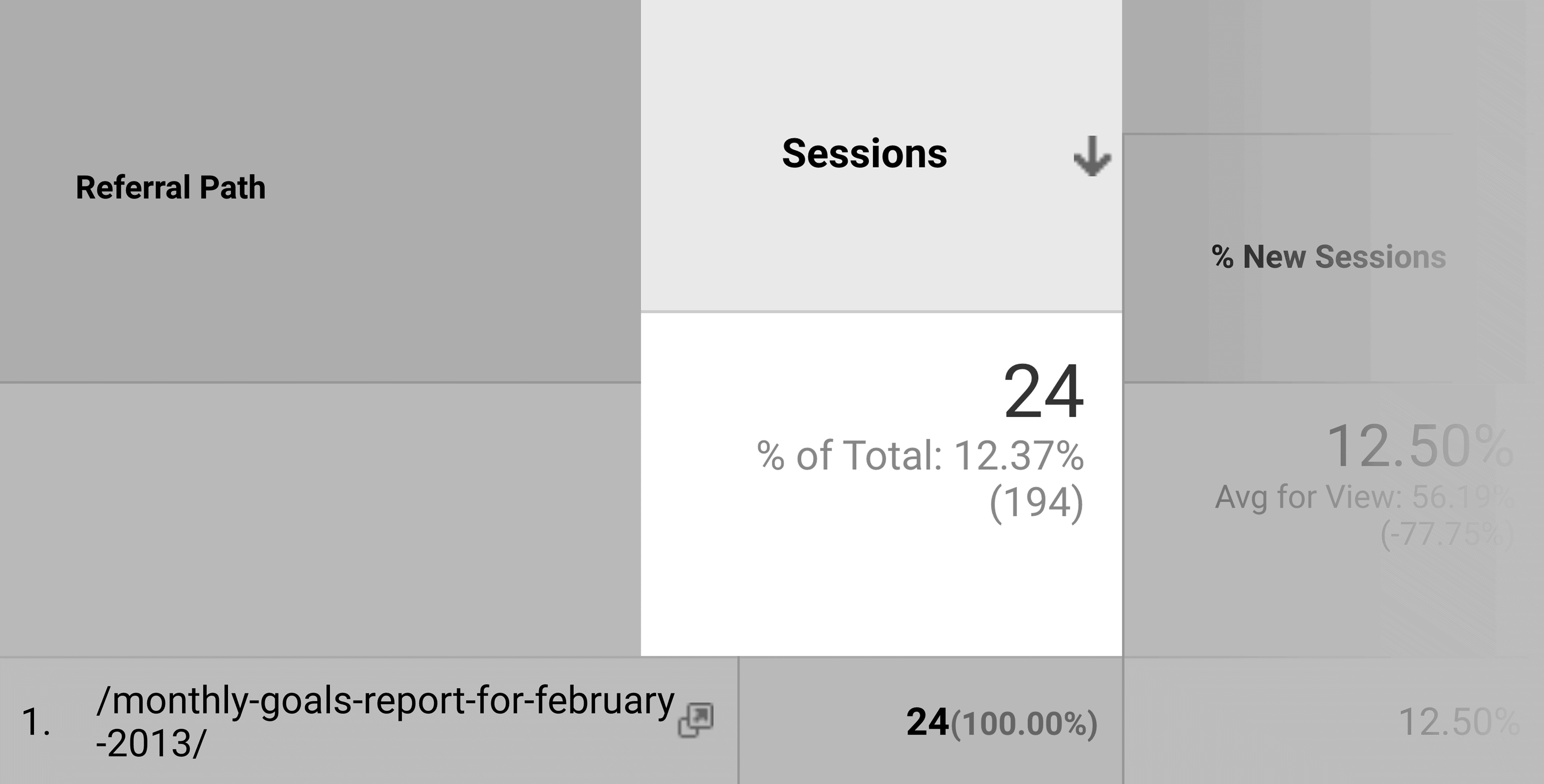
As you can see, this didn’t bring in that much traffic. But when your blog is new, every visitor counts.
The key to this strategy is to make sure your comment actually adds something of value to the post.
Here’s a real-life example:

See how this isn’t a spammy “Great post!”.
Instead, I took the time to read the content. And add my two cents.
That way, people that read the comments will see that I know my stuff. Which will make them want to click over to my site.
5. Repurpose Content For Different Platforms
When most people try to get more traffic to their blog, they focus on one thing:
Publishing MORE blog content.
Sure, there’s a place for pumping out content.
But you may not know that you use your existing content to get more blog traffic.
Here’s how:
First, find a piece of content that’s already performed well.
“Performed well” can mean a post that:
- Got a lot of shares on Facebook and other social platforms
- Had high levels of engagement (like blog comments)
- Ranked highly in Google
- Drove lots of referral traffic
- Got a share from a big name blogger in your niche
Either way, you want to focus first on your top-performing blog posts.
That way, you know that the topic and content resonates with people.
For example, this post from my blog was a huge hit when it first came out (6,537 shares on social media).

It also did well in terms of SEO.
Next, repurpose that content into a new format.
Here are a few formats that work well for this process:
- YouTube videos
- Podcast episodes
- Guest posts
- Presentation
- Instagram stories
- Infographics
In my case, I turned that post into a YouTube video.
To date that video has over 198,000 total views.

Not bad.
Especially considering that 90% of the content was pulled directly from that post.
6. Promote New Content In Email Newsletters
You probably already share your latest content on Twitter, Facebook, and LinkedIn.
Sure, there’s nothing wrong with promoting your content on social media.
But in my experience, promoting new posts in an email newsletter is MUCH more effective than sharing on social media.
For example, I published this post about off-page SEO a while ago.

And to get the word out, I tweeted it out. And shared the post on Facebook and LinkedIn.

Those three social posts brought in 2,153 total visitors to my new blog post.
I sent out a newsletter to my email list the same day.
And the email newsletter sent 15,278 visitors to the post.
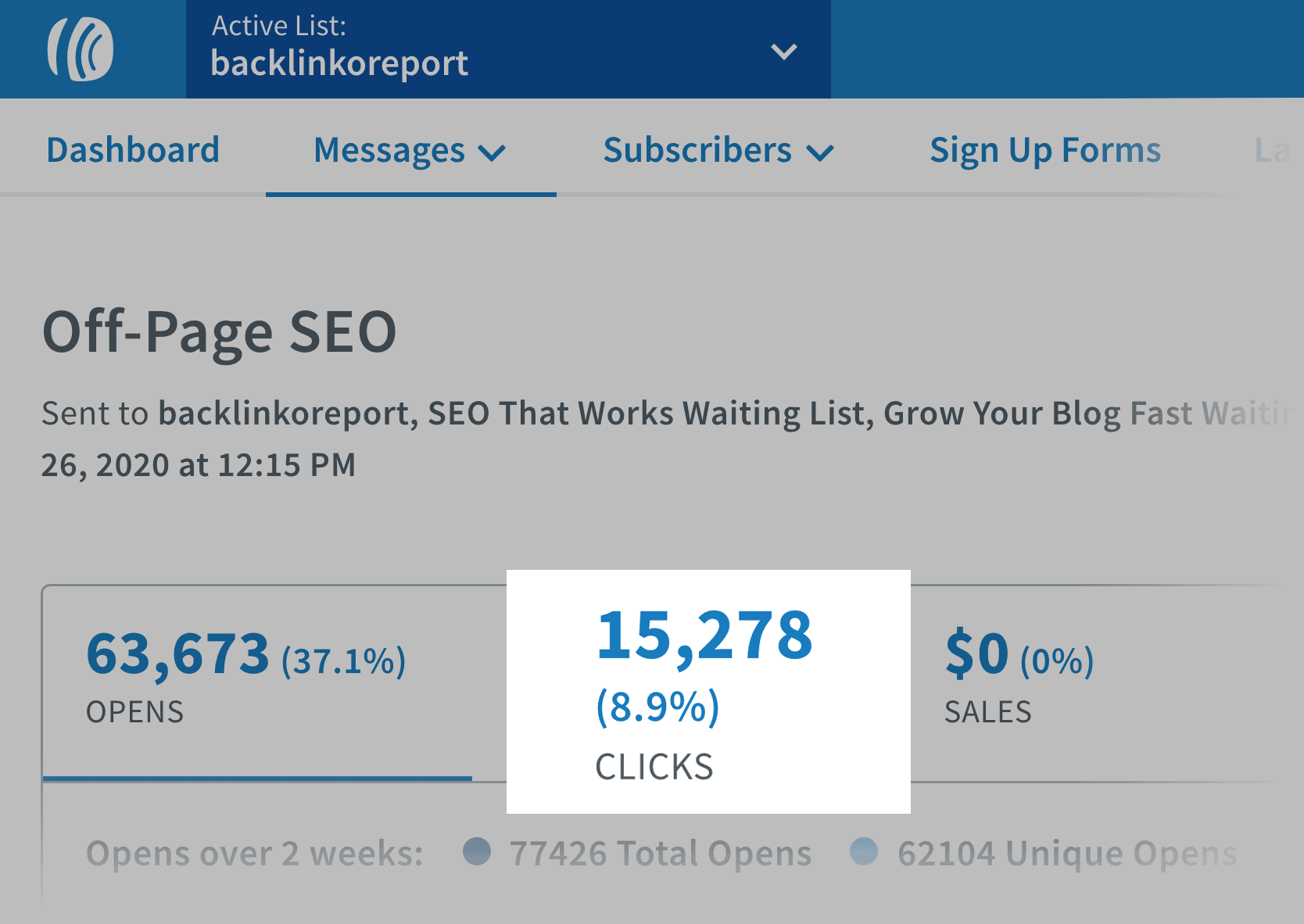
7x more than those three social shares combined.
So if you aren’t already, I recommend focusing on building your email list.
7. Guest Blog On Legit Blogs In Your Niche
Is guest posting going to magically 10x your blog’s traffic?
Probably not.
In fact, data from one industry study discovered that the average guest post brings in about 50 total visitors.
And if you think about the amount of effort that goes into ONE guest post, 50 visitors doesn’t sound like a great payoff.
That said, guest blogging does have a place in your content strategy. Especially if you’re just starting out.
In fact, I guest posted on over 50 blogs when I first launched Backlinko.

Which helped increase my blog’s traffic in the early days of my blog (before SEO started to really kick in).

The key is to focus on SUPER relevant sites.
That way, your guest posts will drive targeted traffic to your blog.
For example, I published this guest post on an SEO blog a while back.

That guest post didn’t light up my Google Analytics. But it brought in a decent chunk of targeted visitors (and a handful of email subscribers).
8. Optimize Your Blog Posts For SEO
Most blog posts have a traffic pattern that looks something like this:
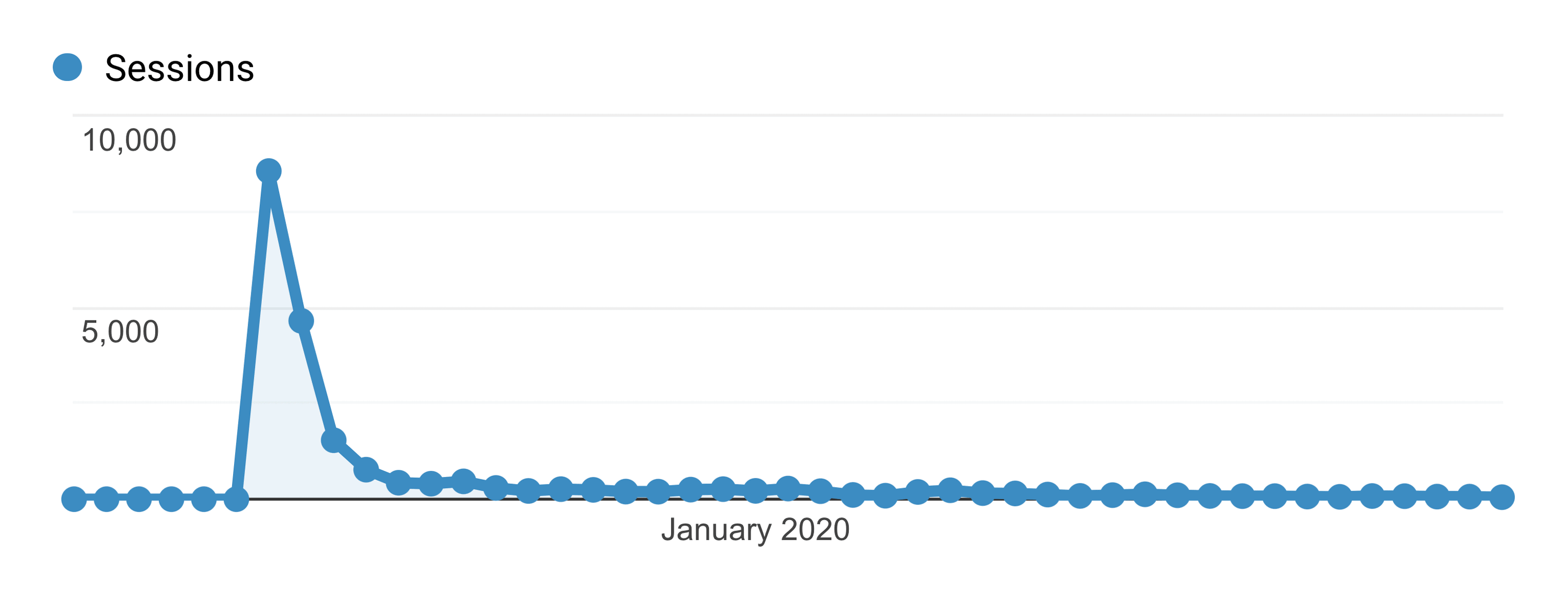
A sudden spike the day the post comes out. Then it sort of flatlines. And eventually drops to practically zero.
But posts that are optimized for search engines (like Google) have a completely different pattern.

As you can see, the post still has a spike. But traffic doesn’t drop into an abyss. Instead, it stays fairly steady over time.
This is why it’s important to optimize every post that you publish around a specific keyword.
If your blog is new, I recommend focusing on long tail keywords.
These keywords don’t get searched for that much. But they’re also not that competitive to rank for.
AnswerThePublic is a great tool for finding long tail terms to target. That’s because the tool generates questions that people ask about the topic that you want to cover in your post.
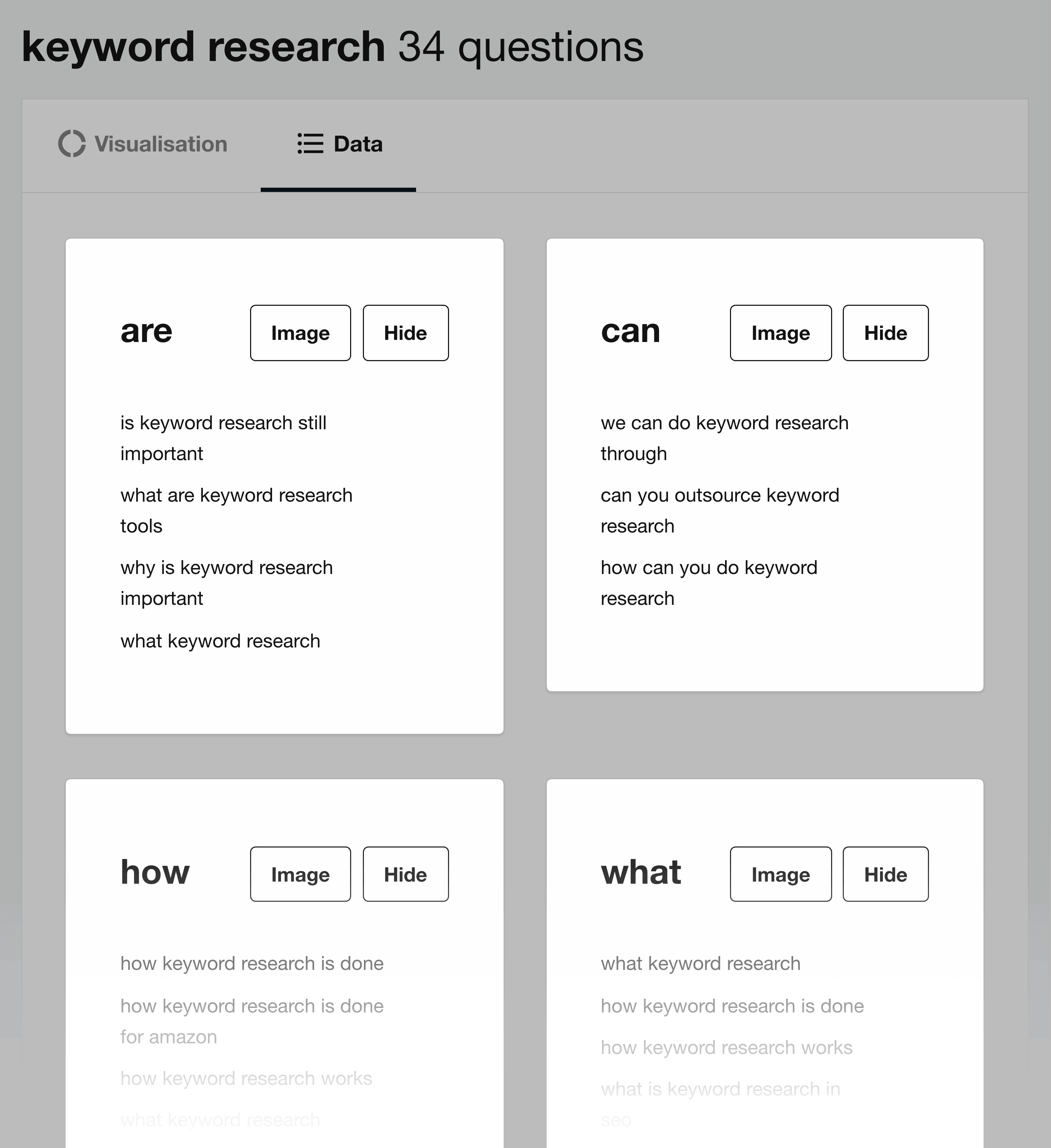
(If you want a more traditional keyword tool, you can also use the Semrush Keyword Magic Tool or the Google Keyword Planner.)
And as your blog’s domain authority starts to grow, you can start to target more competitive search terms.
For example, in the early days of this blog, I targeted long-tail keywords like “high quality backlinks”.

Today, I tend to go after terms that are a little bit more competitive, like “backlinks”.

This guide to on-page SEO will show you exactly how to search engine optimize your blog posts.

9. Launch a YouTube Channel
According to SimilarWeb, YouTube is the 2nd most popular website on the planet.

And I’ve personally used YouTube to grow my blog’s traffic.
Like anyone, my first few videos were kind of terrible.
And they got very few views.
But I stuck with it. And eventually figured out how to create quality content that my target audience wanted to see, which helped me grow my YouTube channel.
Flash forward to today, and my channel gets over 120k views every month.

(And I have about 558k subscribers.)
If you’re interested in starting your own YouTube channel (or growing the one you already have) I recommend checking out this short video:
10. Create Learning Hubs
Learning Hubs are basically pages that link to a bunch of related content on your site.
(And sometimes contains links to content on other sites too.)
A great example of a Content Hub is: my “How to Learn SEO” guide.

This page is more or less a resource page with links to my best stuff on the topic of search engine optimization.
I also curated links from other sites to help round out the hub

Even though this page is basically a list of links, it’s been shared on various social media platforms over 2,200 times.
With that, here’s how to create your own Learning Hub.
First, find a topic for your hub. Specifically, a topic that your target audience is hungry to learn more about.
In my case, I went with “learning SEO” because basically everyone that follows me wants to learn how to optimize their site for Google.
Next, grab a list of your best content on that subject.
In my case, I literally went through my blog feed. And picked posts that I thought would help people in their journey to learn SEO.
You can follow the same process on other blogs in your niche. For example, I included content from other sites in my niche, like Semrush.

Finally, organize the content that you find into sections. Because my learning hub was about SEO, I divided it up into sections like: technical SEO and keyword research.
And with that, your Learning Hub is complete.
11. Build a Community On Your Blog
A community is like a blogging cheat code.
In fact, I can draw a straight line between my active comments section and my blog’s growth.
Question is:
How do you get people to leave comments on your posts?
First, make it super EASY to leave comments.
If your site uses WordPress I recommend using their built-in comments system. Yes, you have to deal with lots of spam.
But it has the lowest barrier to entry of any comments solution that I’ve seen.
You don’t need an account. To login. Or do anything at all.
All someone needs to do to leave a comment is enter their name and email address.

That’s it.
Second, reply to basically every comment that comes in. Especially if you’re just getting started.
That way, people see that you read and acknowledge their thoughts.
In fact, I replied to pretty much every comment that people left on new posts.

(Even though we got hundreds of comments.)
If you stick to this habit, you’ll eventually build up a nice little community underneath your content. With discussions. Regular contributors. And people that zoom to the bottom of the post to leave their thoughts on your latest post.
12. Write X (Twitter) Threads
It’s no secret that there are a lot of active X (Twitter) users.
But there’s a relatively simple way to stand out:
X (Twitter) threads.
You’ve probably seen X (Twitter) threads before. They’re basically a bunch of tweets strung together.

And in my experience, they’re one of the best ways to stand out on X (Twitter).
Here’s how to do it:
First, come up with a topic that people are already talking about on X (Twitter). You probably already have a few of these in mind if you follow people in your niche.
If not, you can search for your topic on X (Twitter). And see what comes up.
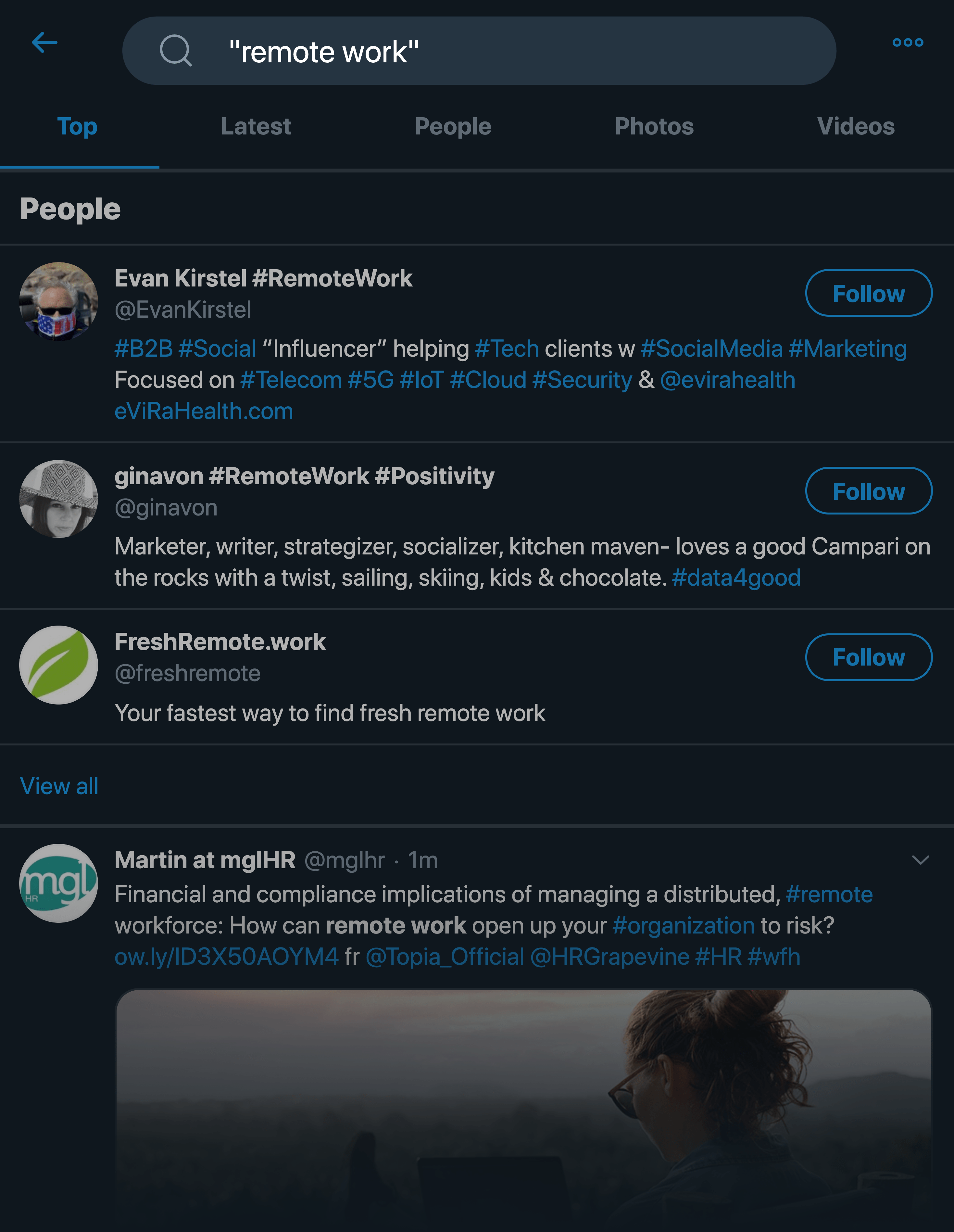
Then, create a 15-20 tweet thread around that topic.
X (Twitter) makes this step pretty simple. You just need to write a tweet. Then hit the little “plus” button to add another tweet to the thread.
Now:
You can write the tweets from scratch. Or repurpose content from your blog posts.
Either way works.
The most important thing is that you want to make sure that your content is formatted for X (Twitter).
In other words, you don’t want to copy and paste paragraphs into your tweets.
Instead, you want to switch up the formatting so it’s designed for easy skimming on X (Twitter). Like this:

Pro Tip: Add a call to action in your final X (Twitter) thread tweet. That way, you give people something to do at the end of your thread. The CTA can be to follow you on X (Twitter). Or sign up for your email list.
Here’s an example.
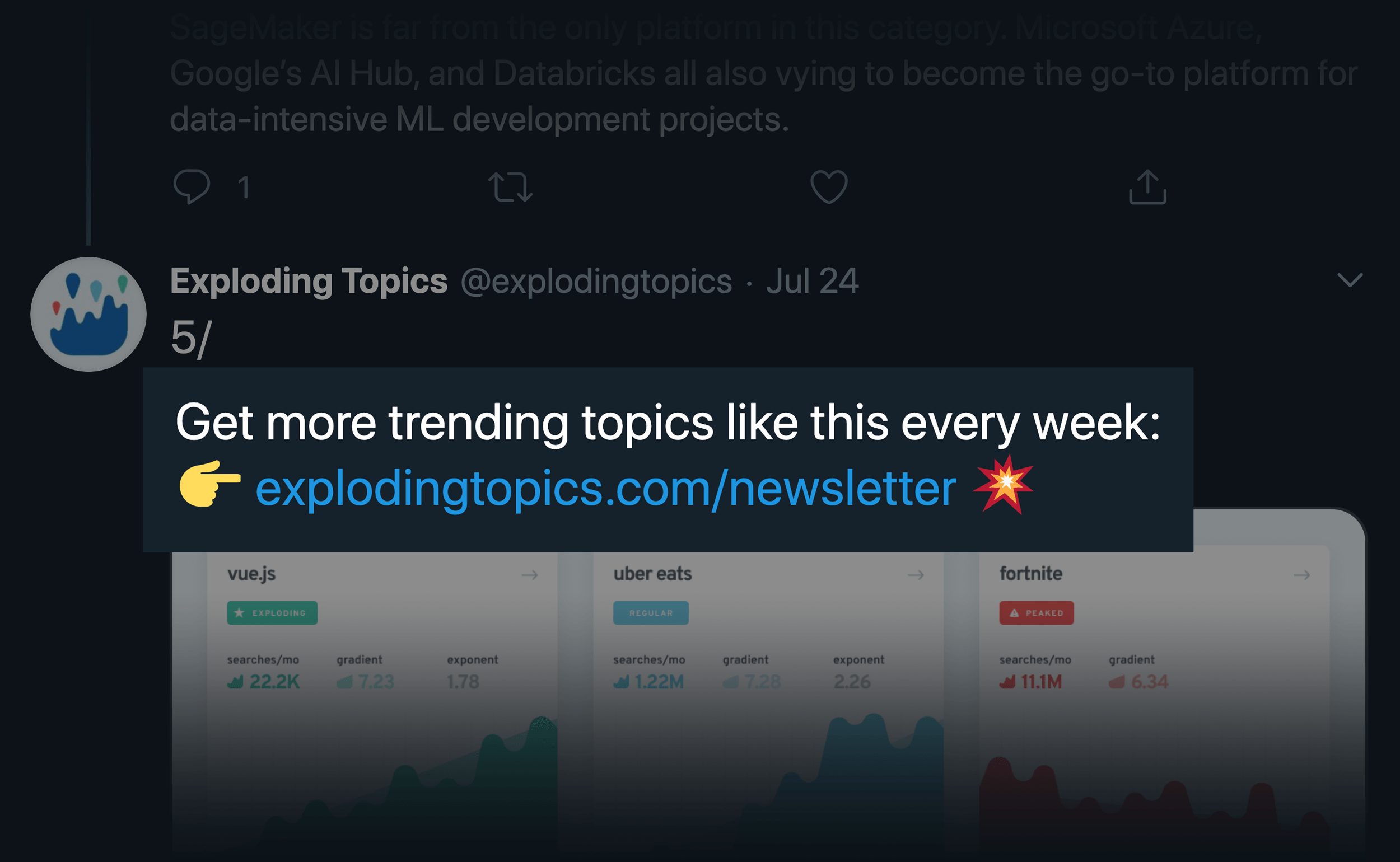
13. Internal Link Between Posts
Yes, internal links are great for SEO.
That’s because internally linking sends link authority to key pages on your site.
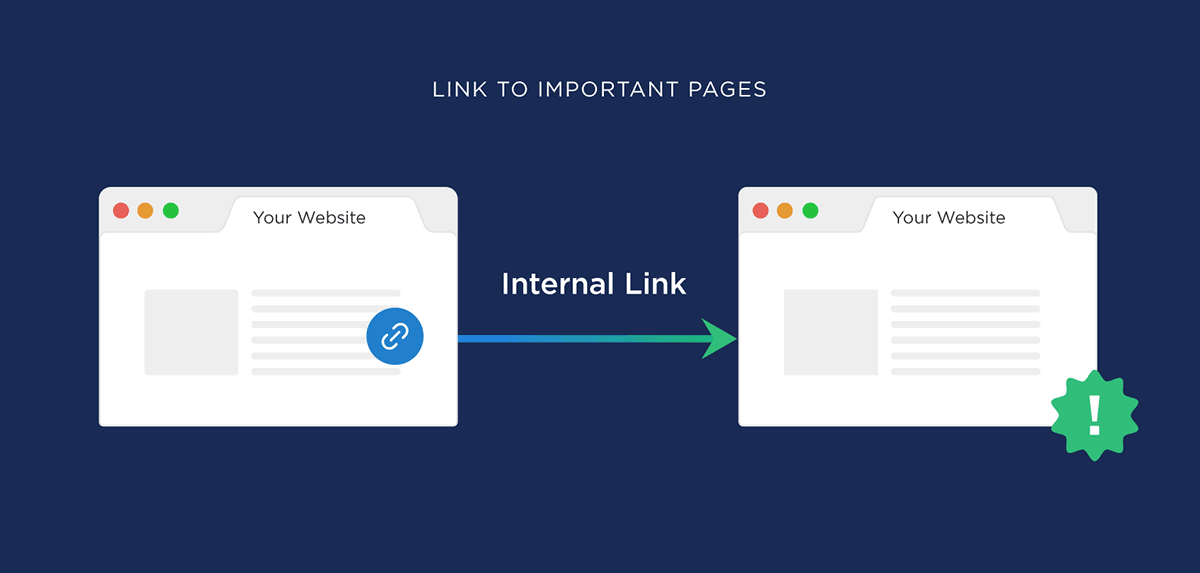
But that’s not the only reason to internally link between posts.
Internal links also help your readers find your older content that’s buried in your site’s blog feed.
For example, I first published this post about 5 years ago:

Which means that content isn’t that easy for new readers to find.
That’s why I make an effort to add internal links from my new posts to that older post.

14. Improve Your Blog’s Design
Your blog design can make or break your blog’s success.
Seriously.
In fact, a nice design is one of the ways that I stood out when my blog was brand new.
For example, I published this Learning Hub about link building back in the day.

Sure, the content was helpful. But the post did well largely due to its custom design.
That design helped my content stand out from the pack. You can tell at a glance that this isn’t just another blog post. A lot of effort went into this content.
In fact, other bloggers that shared and linked to my content specifically cite its attractive design.

This experience taught me a valuable lesson:
People will judge your content based largely on its design.
This is why today I invest a large chunk of my marketing budget on content design.
Which includes custom-built ultimate guides:
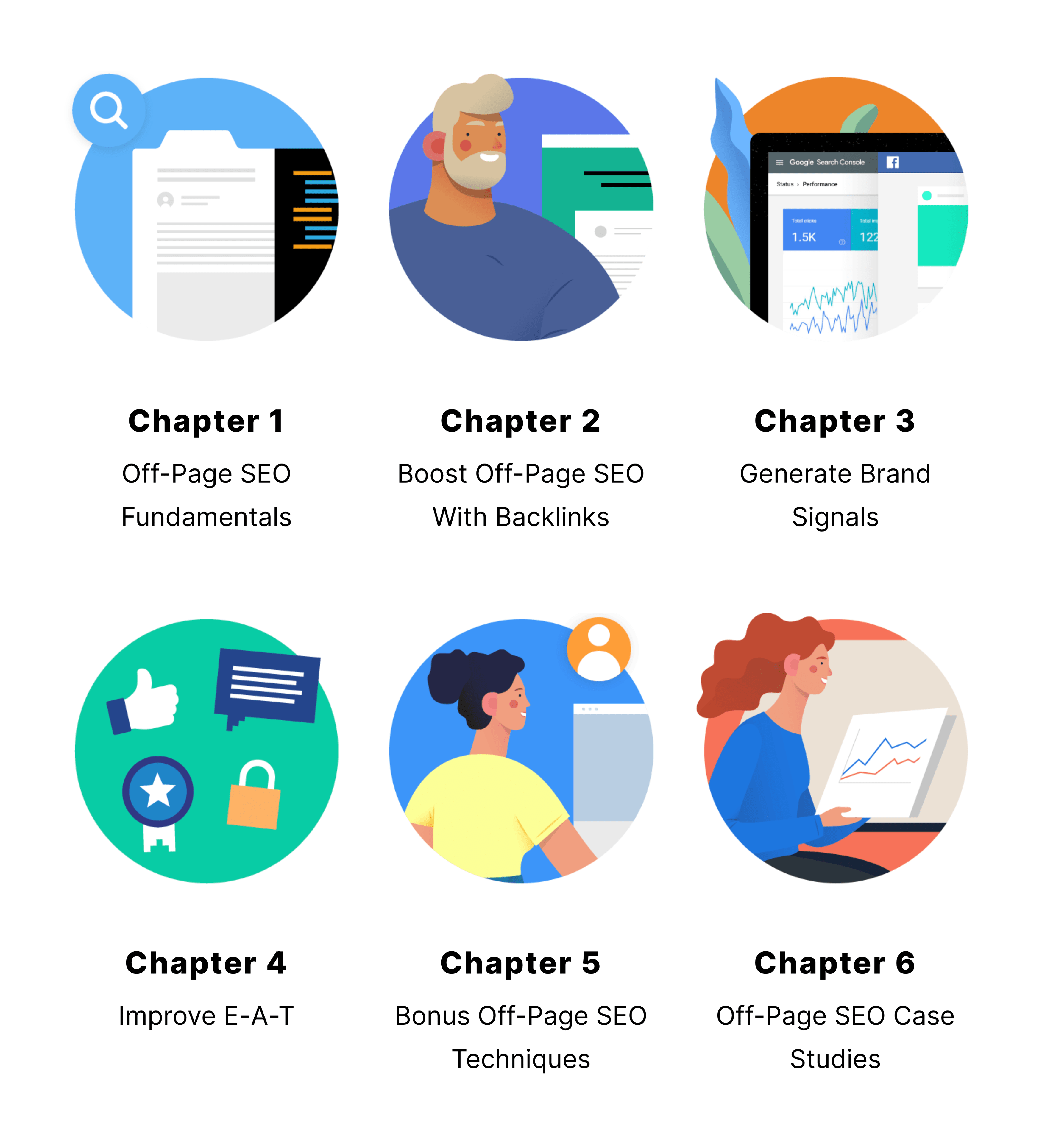
Visuals that illustrate important concepts.

And attractive post banners that go at the top of every post.

15. Use Podcasting
According to a survey by Edison Research, 1/3rd of Amercians now listen to podcasts.
There are two main ways that you can use podcasts to get more organic traffic to your blog:
You can start your own podcast.
OR
You can appear on podcasts in your niche as a guest.
If you’re still trying to get your blog off the ground, I highly recommend option #2.
Yes, your own podcast can be a GREAT asset. But it takes a ton of effort. An effort that you should probably spend on your actual blog.
Then, once your blog is growing consistently, it’s a good time to look into other mediums (like a YouTube channel or podcast).
Here’s a really effective way to find podcasts that might be interested in having you on:
First, find another blogger in your space that goes on podcasts.
Then, grab his or her headshot from the show notes.

And put their headshot into Google reverse image search.

Voila!
You’ll find a bunch of places that they’ve guest posted. And podcasts that they’ve appeared on.

16. Promote Your Blog Posts on Reddit and Quora
Quora, Reddit and other online communities have the potential to promote your blog and send a decent chunk of traffic to it.
IF you approach them the right way.
Most communities are (understandably) weary of self-promotion. So you need to sort of fly under the radar.
Here’s how:
First, find a question that someone is asking in that community. A question that you could easily answer.

Then, write a custom answer that doesn’t even mention your blog.
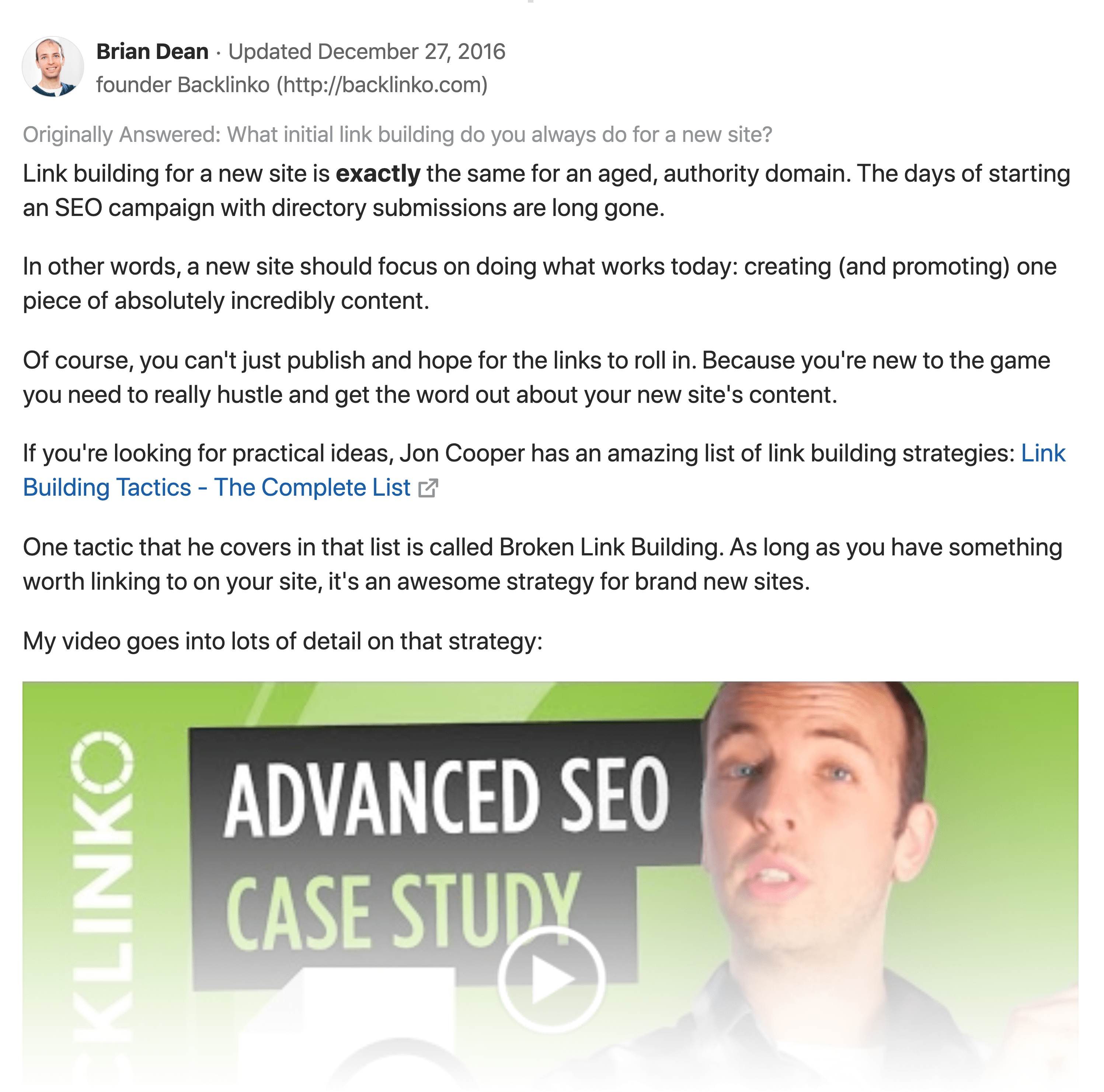
Finally, include a link to a post as a way to “learn more”. That way, you’re not pushing your post in people’s faces.
Instead, you’re leaving a helpful link for anyone that wants to dive deeper into the subject.
17. Use Prominent Sharing Buttons
You may have noticed that I have a giant social share widget on every post.

There’s a reason for that: it makes people more likely to share.
This makes sense if you think about it:
There’s lots of content that I read. And enjoy. But don’t share because it’s too much effort.
I have to copy the URL. Figure out the social network that makes the most sense. Then, share the content.
But with a social sharing button, all I need to do is click the button. And I’m good to go.

ShareThis is a tool and WordPress plugin that makes it relatively easy to add social sharing buttons to your blog.

